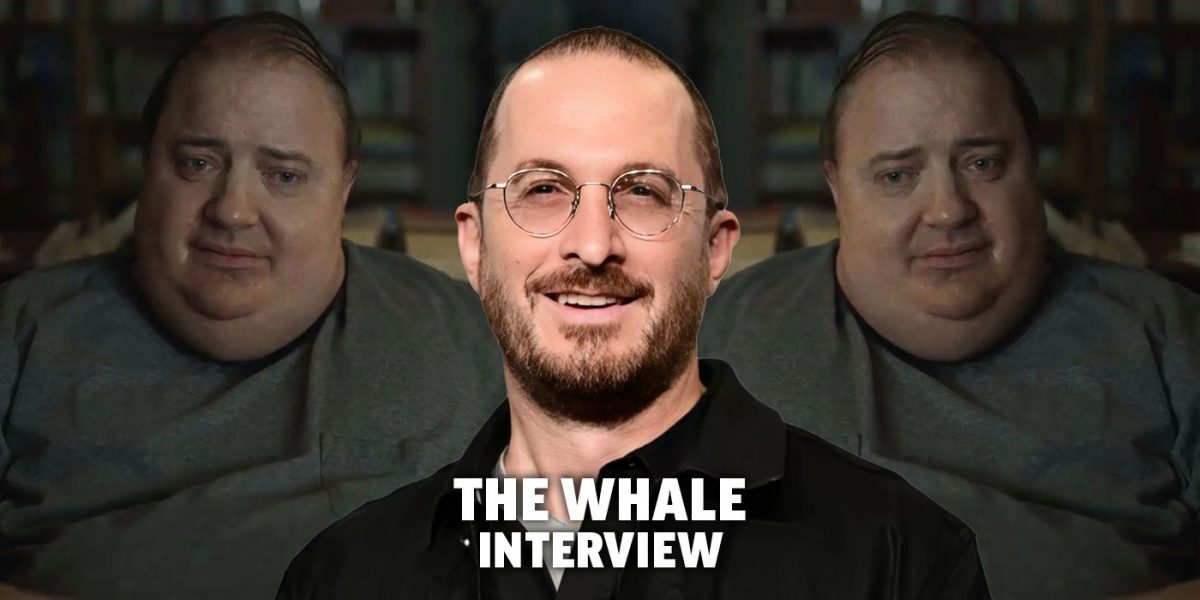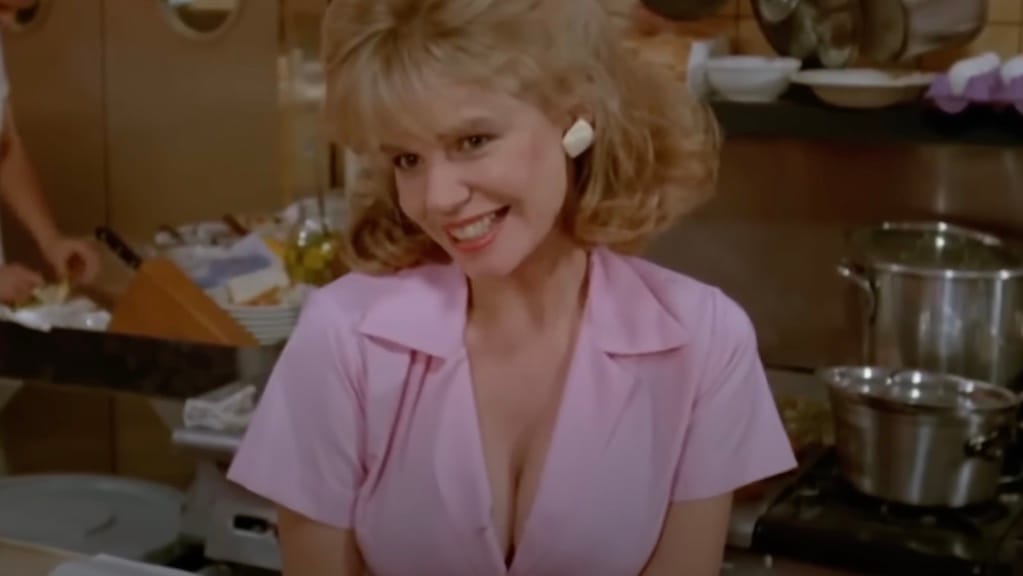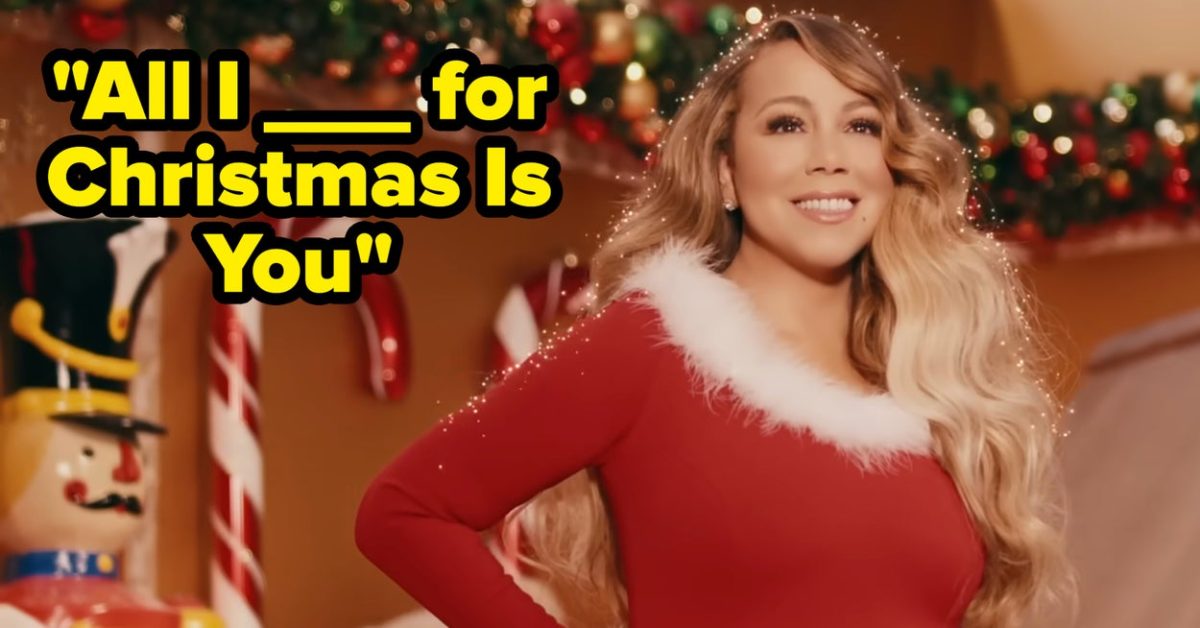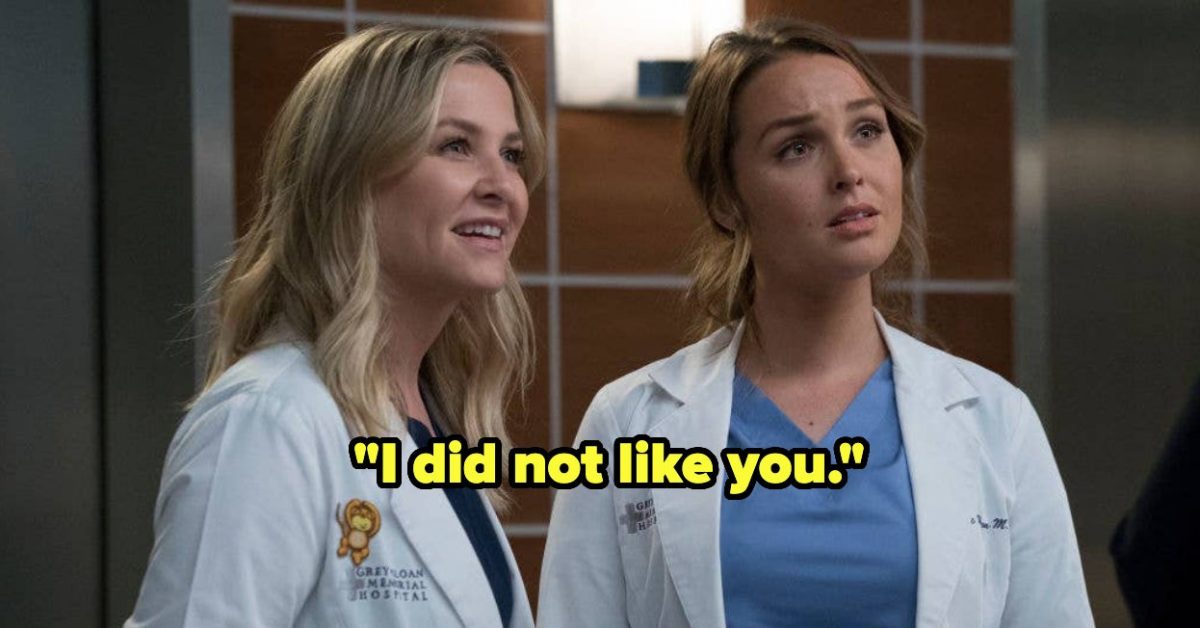
How Darren Aronofsky Knew Brendan Fraser Was the Perfect Charlie
Jan 4, 2023
Academy Award-nominated director Darren Aronofsky has a mighty powerful filmography with a range of projects that stretch from the feverish Requiem for a Dream to the empathetic and gritty The Wrestler, and then some. No matter the subject, Aronofsky’s projects often exhibit a laser focus on character as they navigate deeply complex, human challenges, and his latest, The Whale, is no different.
Based on the play of the same title, the A24 release marks Aronofsky’s first feature film since 2017’s Mother!. Brendan Fraser leads as Charlie, a 600-pound man who’s mostly cut ties with the outside world, save for a few visitors and the English students he teaches via virtual classes. Almost the entirety of The Whale unfolds within the confines of Charlie’s home where his caretaker and close friend, Liz (Hong Chau), checks in often, and his formerly estranged daughter, Ellie (Sadie Sink), swings by as well. Despite warnings from Ellie’s mother (Samantha Morton) that she’s become an evil young woman, Charlie sees in her what he sees in all people, that no one is incapable of caring.
With The Whale now in theaters, Collider’s Perri Nemiroff spoke to Aronofsky about the making of the film. During their conversation, Aronofsky shared what first drew him to the play, and how important it was to find the right Charlie. He also revealed which role proved most difficult to cast, highlighted a surprising choice made by Chau on set that wound up in the final film, and discussed some key qualities in the production design. On top of that, Aronofsky also looked back on his entire filmography and pinpointed some of the most challenging scenes he’s ever filmed. You can read about all of that and more in the full transcript of their conversation below.
Image via A24
PERRI NEMIROFF: I know you’ve wanted to adapt the play ever since you first saw it, but that was about a decade ago, so what would you say is the biggest difference between how you envisioned the movie back then compared to what we see in the final film now?
DARREN ARONOFSKY: I wasn’t picturing the movie ten years ago. I think when I saw it 10 years ago, I was just so moved by the characters and in such an unexpected way. And that, to me, is the magic of cinema, is that you can enter the minds and the souls of characters anywhere on the planet and go on a journey with them and realize how similar you are to these people even though they are so different to you in circumstance or place or moment in their life.
The possibility of trying to bring Charlie to life on the screen and share him with the world was what inspired me. How to pull it off? I had no idea. I believe that it’s a progression. I think this myth of filmmakers perceiving everything beforehand — at least it’s not my reality. I think the reality is, it’s a process of collaboration where you slowly figure out who’s gonna play the role and how then to use what that person and that actor is to make the role that much more real.
So it took ten years to find your Charlie. Did you ever come close to casting the role before Brendan?
ARONOFSKY: No. No one ever got me excited to wake up and face the battles you would have to do to bring this to the screen. There was just never anything that really clicked or made sense for me. There were a few early flirtations, but then when I sat down and really thought about it, it just didn’t quite click.
I know Brendan said he was very intimidated by the project and had some fear about jumping into it. What can you do to put him at ease and give him confidence in himself, but also without completely vanquishing the inspiration and motivation that can come from knowing that you’re about to jump into a high-pressure, challenging role?
ARONOFSKY: I’ve never heard him say that fear. He told you that?
I believe it’s in the press notes.
ARONOFSKY: Oh, really? Okay. I haven’t seen that. But I imagine it must have been.
He’s such a veteran. He’s been doing it longer than I have. It was very clear to me when I met with him right after the idea of him possibly doing it that here was an actor who saw the opportunity and wanted the opportunity. That, to me, is the best type of actor to work with, is an actor who really, really gets it. Because I knew not only was there this incredible, emotional complexity in the role, meaning there’s every single possible emotion, and they come back to back to back. I mean, the kind of twists and turns that the actor would have to take were so complicated.
There was also the technical part of it, of five hours of makeup a day, four hours in, one hour out. To try to imagine that, not only is it those five hours, between every take someone’s coming in and touching you and moving you and sliding you and fixing you and pasting you. It’s just the type of Zen Buddhism blocking out of all that so that you can just really push out these feelings is really hard. I knew someone with his experience might be able to get there.
That’s what Hong was describing to me, how impressed she was that he was able to have so many people buzzing around him, but still be able to give that performance and remain gracious.
ARONOFSKY: He was totally relaxed, and it was really hard. The makeup came up to his chin and then wrapped around the side of his face. But rule one was not a single wrinkle or crease could be interfered with because I wanted him to have his full instrument so that he could totally emote. But, if he suddenly gets really emotional and he gets flushed, his face gets red, but the prosthetic doesn’t get red. So you start running into all types of problems like that, which was challenging.
You also have a phenomenal supporting ensemble here, too. Of all the supporting roles, which would you say was the easiest to cast, where the perfect fit magically presented themselves? But then, which role was the most challenging to fill where it took more of a search to find the right actor?
ARONOFSKY: Good question. Sadie Sink was cast immediately. When I saw her on Stranger Things 2, I was like, “Who’s that? She’s great.” And then when Brendan showed up, it was like, “Okay, that works really well together. I believe it. They both have those beautiful eyes. It’s gonna be fine. I feel like that is a father-daughter type of relationship,” and I never doubted that or looked back. It was just a perfect match-up, the two of them.
Definitely the Hong Chau role was a hard role to fill. There were many, many great actors that could do it, but getting Hong on tape was really hard because she really didn’t want to work because she was having a baby. But I kept pushing for it, and then when her tape came in, it was kind of an instantaneous casting. Also, because she actually used the Zoom camera to block the scene herself. The way she moved in and out was exactly how I had imagined, and I was like, “Oh, not only is she a great actor, she’s also probably a director if she wants to be.”
Image Via A24
When I was talking to her, she mentioned one specific scene that you two had to talk through a bit. She didn’t want to spoil it, but said it was “the scene where Charlie scares me.” I assume it’s the choking scene. What was it like workshopping that? Because she also mentioned she was surprised by the take you chose in the end.
ARONOFSKY: Oh, are you talking about the slap?
Possibly!
ARONOFSKY: I think that’s what she might be talking about. I think we’ve talked about this before. It was very surprising. She, in one take, hits him, and she’s his caretaker. When it happened, I was like, “Whoa, whoa, whoa! What the hell is that?” But then we sat back and I ran out to Sam Hunter, the writer, and we were debating it for a while, like, “Whoa, whoa.” And then we started to talk and we started thinking about it, and we’re like, “Oh, actually, it makes a lot of sense.”
It was something I think subconsciously came through to all of us. I don’t know how it got through to Hong, but we did meet a lot of caretakers. I’ve also been a caretaker in my life and so I understand that mixture of love with frustration. It was such a brave choice to bring that to a character. Most actors would never go near something that dark, and she just thought it was right and we talked about it and she was like, “Yeah, I recognize it’s scary, but it’s the right thing.”
It’s also in the bathroom scene when she goes to the bathroom to clean up the bathroom very early in the film, and you have a private moment with her for a second and you see that she’s very mixed with how she feels about what the hell is going on, which is just more truth, which is what I love.
I also wanted to touch on the production design because the detail is pretty astounding, to the point that even if Charlie wasn’t in the room, I feel like I could get a very full understanding of who he is. Is there any tiny detail in that set that might not be at the center of a frame, but says a lot about Charlie that you hope viewers notice?
ARONOFSKY: The answer to that question is the books on the shelves are actually exceptional books. They’re not just the normal filler that goes into most libraries on most movie sets. We had no money. We couldn’t afford a rental, so our set dresser actually brought her collection of books and let us borrow them, and they were just an incredible library. It was just an incredible personal collection. Charlie is a man of letters and so, basically, in between takes being able to take a book off of the shelf and being like, “Oh, this is a great freaking book,” and look at it, was a great treat for the crew, but it was also really realistic for Charlie.
But the real breakthrough on the production design was the idea of putting the couch in the center of the room, which, if you think about it, very, very few rooms on the planet have couches in the center of the room. They mostly put it against a wall. The brilliance of that allowed me to put Charlie at the center of the solar system, the sun in the middle of the room, and let all the other actors block around him as satellites and as moons. It just opened up the film visually in such a great way.
Looking ahead briefly, I know the way you rehearsed and filmed The Whale is very specific to this material, but is there any part of that process that you think you will hold tight to and continue to apply on future films?
ARONOFSKY: It was some interesting stuff. One thing that was a COVID protocol that Matty Libatique, my DP, came up with — the operator is in a separate room. The camera was hanging off of an arm and was operated by wheels by Matty next to it just to have one less person in the actors’ faces for COVID safety. There was an upside and a downside. The downside is that the camera operator is actually always a great artist who’s feeling what the actor’s gonna do and is able to, in the moment, feel that and usually dance with them a little better. But the upside is, it takes one other person out of the room to create more of a meditative space for the actor to work with. So I thought it was an interesting tool that probably has its place.
Image Via A24
After looking ahead, I want to wrap by looking back. Big question here, but what would you say is the single most challenging scene you’ve ever shot that now makes you think, “If I did that then, I can do anything now?”
ARONOFSKY: There’s a lot. On The Whale the scene between Samantha Morton and Brendan Fraser was such a complicated, huge scene when you’re two-thirds of a way through with shooting a movie and suddenly you have such a mega scene to accomplish — it’s like finding the strength to run a marathon when you’re halfway done with a marathon. So that was hard.
We always joke about scene 114 in Requiem for a Dream, which is when Sara Goldfarb on the TV enters the room and the apartment splits apart and the audience freaks out and everyone’s dancing around and the fridge comes alive and eats her. That was a complicated scene that took many days. Then the scope of scenes on Noah where we had the most rain ever on a set with hundreds of extras running through, doing night shoots out in front of a huge ark. That was crazy, too.
Even on the smallest of films! Like on Pi, stealing shots with real cow brains on the New York City subway system trying to dodge police officers from giving us tickets. That was hard, too. You always put challenges in front of yourself.
The Whale is in theaters now.
Publisher: Source link
Guess The Missing Word: Christmas Song Titles
The holidays are here, and there's no better way to ring it all in than a seasonal song or two. So test your yuletide knowledge by identifying the missing word in the 14 holiday songs below. Good luck! Disclaimer: The…
Dec 26, 2024
Score an Extra 40% off Fashion & More
Our writers and editors independently determine what we cover and recommend. When you buy through our links, E! may earn a commission. Learn more. Even on Christmas Day, Anthropologie has your back with an extra 40% off sale that’s practically a…
Dec 26, 2024
"We Despised Each Other So Much That It Read As Love": 13 Costar Duos Who Did NOT Get Along
Diane Kruger said, "It kind of sucked. He's dead, so I can say that. But he wasn't the most pleasant person."View Entire Post › Disclaimer: This story is auto-aggregated by a computer program and has not been created or edited…
Dec 25, 2024
19 Best Experience Gifts for Everyone on Your List
Our writers and editors independently determine what we cover and recommend. When you buy through our links, E! may earn a commission. Learn more. As the holidays approach, the last loved one on your list is usually the hardest person to…
Dec 25, 2024











